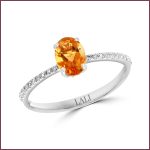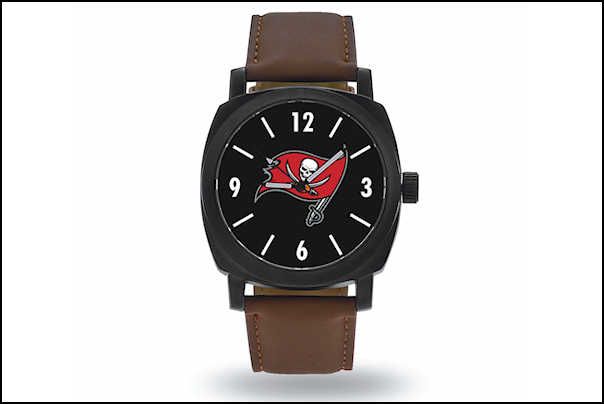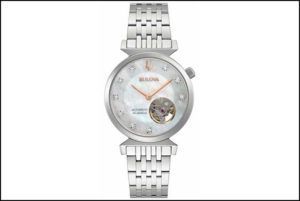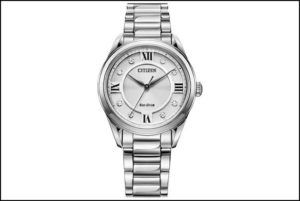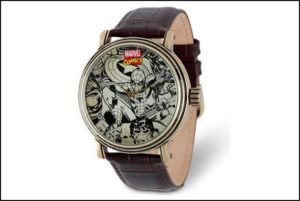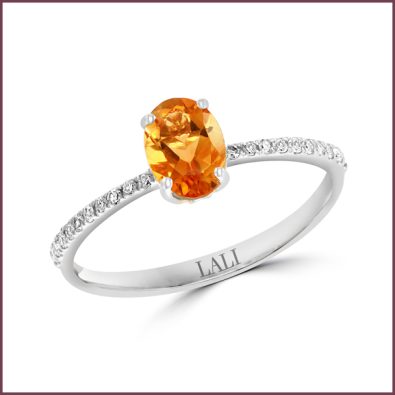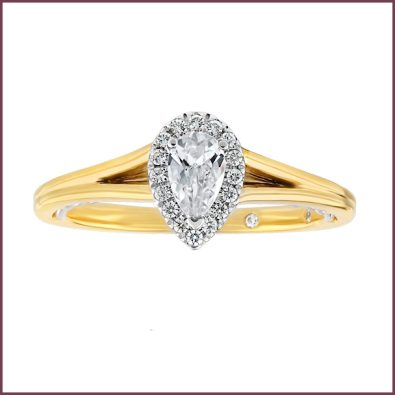Times are Changing
Watch consumers easily transitioned to online purchasing, and the jewelry and watch industry had to advance 10 years in 10 months.
While market tastes and preferences have permanently changed, changes in how consumers learn about and buy watches have been the most significant difference coming out of the pandemic.
“We realized how important a strong state-of-the-art B2B website was that does not close for COVID,” Jeffrey Cohen, president at Citizen Watch America, told JCK in a Jewelry District podcast in late January. He said Citizen signed up 6,000 retailers on its B2B site last year.
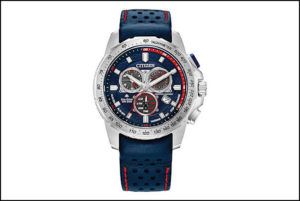 “Going back to last spring when stores were closed, we pivoted quickly on all fronts, including with its retail partners, to a digital strategy,” Cohen shares with The Plumb Club. “This meant reprioritizing our resource allocation and, fair to say, accelerated the brand and our company two years forward in our digital capabilities. We quickly shifted to Zoom calls and virtual meetings with our retail partners. Training, new product introductions, and general touch bases were all conducted on our virtual platforms. As we entered the summer months, our field team returned and started to meet our retail partners at their stores. We spent much time working with our retailer partners to improve their store websites, create digital content, and encourage e-commerce transactions online or in-store pickup. As we hopefully move forward to a more normalized environment, we anticipate a hybrid of in-store events and adding digital and virtual events to how we work with our partners.”
“Going back to last spring when stores were closed, we pivoted quickly on all fronts, including with its retail partners, to a digital strategy,” Cohen shares with The Plumb Club. “This meant reprioritizing our resource allocation and, fair to say, accelerated the brand and our company two years forward in our digital capabilities. We quickly shifted to Zoom calls and virtual meetings with our retail partners. Training, new product introductions, and general touch bases were all conducted on our virtual platforms. As we entered the summer months, our field team returned and started to meet our retail partners at their stores. We spent much time working with our retailer partners to improve their store websites, create digital content, and encourage e-commerce transactions online or in-store pickup. As we hopefully move forward to a more normalized environment, we anticipate a hybrid of in-store events and adding digital and virtual events to how we work with our partners.”
Cohen says he was pleasantly surprised to see consumer demand for Citizen hold up through the fall and holiday and into the beginning of this year, as customers had more disposable income for luxuries like watches and jewelry. “With brick and mortar business returning, I’m encouraged by our enhanced e-commerce business, overall digital capabilities, and Citizen’s strong national brick and mortar presence. This should serve us well this year and beyond.”
Digital Hub
Watch journalist and book author Roberta Naas, founder of ATimelyPerspective.com, forecasts the watch industry will witness 2021 even more tremendous growth in the e-commerce platforms.
“More brands are already working hard to secure stronger online relationships with customers and retailers,” says Naas. “Still, watches are a see/touch purchase, and I think 2021 will see a blend of in-person and online purchases.” She advocates jewelers be more creative in drawing consumers into the stores and the online platforms.
Citizen considers its website its digital brand flagship. “Consumers calling for aftercare, repairs, research, we want to make sure our online position with Citizen and Bulova, and all of our brands that sell directly to the consumer, is about being an opportunity to experience what we believe is the best experience for the brands,” Cohen explains in the podcast. “It could be the beginning or the end of the purchase funnel. For most, it is the beginning. Consumers go there to research, then typically transact with one of our authorized dealers.”
The upshot of digital-first is a customer-first mindset, or as Cohen calls it, Citizen First. “We need to create awareness and demand, no matter where our products are sold, using digital tactics as an effective, measurable way to inform, engage and build relationships with customers anywhere they’re shopping,” Regina Fiedel, vice president of digital marketing for Citizen Watch America shared in a podcast on the topic for The Plumb Club in March.
 More than Timekeeping
More than Timekeeping
Cohen underscores the quickly evolving role that timepieces play in consumers’ lives. In the past, watches have been passive tools on the wrist that complement one’s character and tastes. Today, watches can be vividly more expressive and have taken on new forms of social and tribal identification for the wearer. He made it clear the watch company would continue to seek holes in the market to fill with its style of product and brand experience.
“We want to know what the market wants to see from Citizen, Bulova, and all our watch brands,” says Cohen, who recognizes the consumer is younger and more diverse. He told Citizen’s goal isn’t just to listen to customers’ watch preferences but also to identify what consumers care about in the first place.
In keeping with its “Citizen First” approach, Citizen has aligned its brands with cultural fixtures associated with celebration and positive feelings. Two ideal examples are Citizen’s tight partnership with Disney and Bulova’s ongoing relationship with the Grammy and Latin Grammy Awards.
According to Cora Lee Colaizzi, marketing director and senior merchandiser for Quality Gold, individuals no longer purchase a watch to tell time. The Fairfield, Ohio manufacturer offers timepieces in favorite branded, licensed collections, including LogoArt®, Collegiate, NFL, MLB® and NHL®, Marvel, Disney, Red Balloon®, Colori, and Time Teacher.
The options are broad, and today, a watch communicates a lot about the personality of its wearer. “Positioning the watch as an aspirational accessory, like a bracelet or a status accessory and a fashion piece, more than just a functional piece has worked to keep watches relevant,” Colaizzi believes. “Watches have managed to remain a category that has a place in day-to-day life. Many speculated the cell phone would kill the watch industry. Still, top brands and fashion designers have continued to sustain interest in timepieces by shifting the focus from telling time to telling a fashion or brand story through them.”
